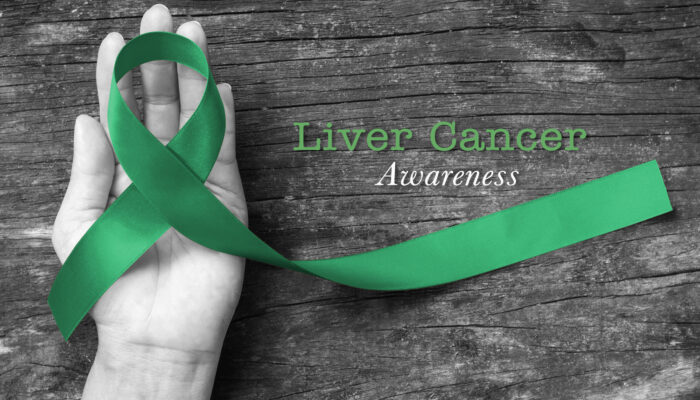
Diagnosis and treatments for anemia
In today’s medically advanced world, diagnosing anemia is not that difficult.
The doctor may ask you to perform a few tests based on your medical and family medical history.
Blood test
The doctor may ask you to get a complete blood count test which will help measure the blood cells in your blood. In order to detect anemia, the doctor will look for the red blood cells in particular as well as the hemoglobin count to confirm a diagnosis. In general, the normal values for hematocrit (the ratio of red blood cell in the blood) vary between 40-52% in men and 35-47% in the case of women. On the other hand, the normal levels for hemoglobin vary between 14 grams to 18 grams per deciliter in the case of men and about 12 grams to 16 grams per deciliter in women.
Red blood cell shape and size test
One other test is to examine the shape and size of the red blood cells to detect any type of abnormality in them. Sometimes, even the color can help with the diagnosis.
There are also additional diagnostic tests carried out by the doctor in the case that you are diagnosed with anemia to help determine the underlying cause and treat it specifically. For example, if you are diagnosed with anemia related to iron deficiency, there are chances that it is a consequence of bleeding ulcers, colon with benign polyps, cancer in the colon, kidney problems, tumors, etc. In some cases, there may even be a need to test a sample from the bone marrow in order to diagnose the condition of anemia.
Treating anemia
There is no one size fits all medication to treat anemia. It varies from individual to individual depending on the type of anemia, its causes, and the condition of the individual. In the case of iron deficiency related anemia, the course of treatment will involve an addition of supplements alongside dietary changes. If the deficiency is caused as a result of internal bleeding, the doctor will try to fix the issue through medication or even recommend surgery to avoid further deterioration. The same goes for vitamin deficiency related anemia.
If the anemia is a result of some chronic disease, the treatment is targeted on the underlying cause along with therapy to induce or stimulate the production of red blood cells. There might be a need to address aplastic anemia through blood transfusions as the red blood cell count would be at great risk in this condition. In cases where the anemia is due to bone marrow issues, the doctor may have to prescribe treatment in the form of bone marrow transplantation. However, this option is only available if an individual does not respond well to medication or chemotherapy. All treatment options are prescribed by doctors only based on the intensity of the condition.



